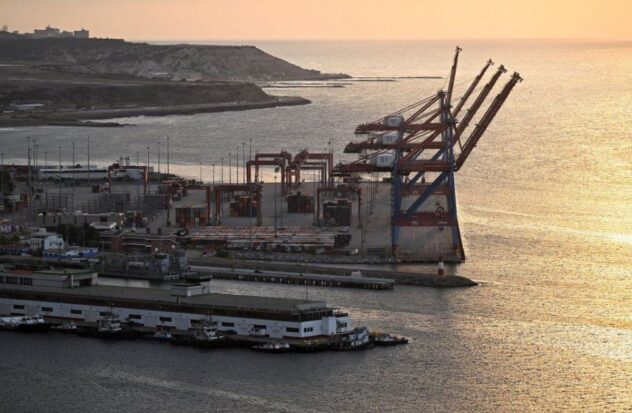CARACAS.- It was once known as “Saudi Venezuela.” Oil enabled economic growth that was the envy of the region. But with an industry in crisis due to rampant corruption and lack of investment during 25 years of Chavismo, this South American country is not even a shadow of its former self.
However, Venezuela has the advantage of having the most important certified hydrocarbon reserves in the world.
The first crude oil discoveries were made in Venezuela at the end of the 19th century. From the 1920s onwards, “oil became the main export product and the main source of the national budget, driving the Venezuelan economy. Everything else, directly or indirectly, depended on oil activity,” says the academic and former rector of the University of Zulia, Ángel Lombardi.
In 1976, the hydrocarbon industry was nationalized and the state holding company Petróleos de Venezuela (PDVSA) was created. Most of the infrastructure works were financed by oil revenues.
The collapse
According to most experts, the situation changed with the arrival of Hugo Chávez (1999-2013) to the presidency, who used PDVSA as a cash cow to extend the so-called 21st Century Socialism to the region, led by the Cuban regime.
The corruption that was already affecting part of PDVSA was compounded by poor management and controversial decisions. The most spectacular was the dismissal of 20,000 workers, most of them highly qualified professionals, between 2003 and 2004, after a strike of more than a month in the industry that practically paralyzed the country.
“That’s where everything starts to fall apart. Not just production, which is the easiest and most obvious thing to measure, but also very important things like the maintenance of the facilities,” explains Eugenio Montoro, former manager of PDVSA and opponent of the regime.
Although production continued to rise until 2008, peaking at 3.5 million barrels per day, it then collapsed to 400,000 barrels per day, plunging the country into an unprecedented economic crisis.
Sanctions
The crisis deepened in 2018 with the imposition of sanctions on the industry by the United States, which rejected the re-election of Nicolás Maduro, considering it fraudulent.
But tensions over supplies that led first to the war in Ukraine and then to the conflict in the Middle East led Washington to reduce pressure on Venezuela, even though the discourse on the need for a democratic transition remained unchanged.
Following an agreement between the Venezuelan government and opposition to hold presidential elections in 2024, the United States eased sanctions last year. But then reinstated them when the National Electoral Council withdrew the agreed invitation to observers from the European Union. However, it authorized exceptions in the form of licenses for companies such as Chevron, Repsol and Maurel and Prom.
The regime of Nicolás Maduro has sought new allies – Russia, Iran and China – to boost its oil production, which is currently close to less than one million barrels per day but requires investments to move to a higher stage.
The poor state of the oil infrastructure causes serious damage to the environment, with permanent spills in the main basins.
Reservations
Venezuela has the largest hydrocarbon reserves in the world. It has two main basins: the historic basin of the states of Zulia and Falcón, which produces light crude oil, and the Orinoco oil belt, which produces heavy and extra-heavy crude oil.
The current president of PDVSA and Minister of Petroleum, Pedro Tellechea, who is close to the Chavista regime, is trying to give another version of events, saying that the country is “in the midst of a renaissance of the oil industry.”
“Today we are experiencing growth, a dream of regaining our international markets,” he says. “Venezuela has one of the largest gas reserves, which we can improve and achieve the perfect balance for the energy transition,” he adds.
But the destruction of the infrastructure, which requires multi-million dollar funds to restore the industry, makes the arguments of the Chavista official unviable.
According to analysts, the oil industry requires an investment of 250 billion dollars to rescue and rebuild it over a maximum period of 10 years in order to reach a production of three million barrels of crude oil per day.
Twenty-five years ago, when Chavez came to power, Venezuela was producing 3.5 million barrels a day.
Source: With information from AFP



